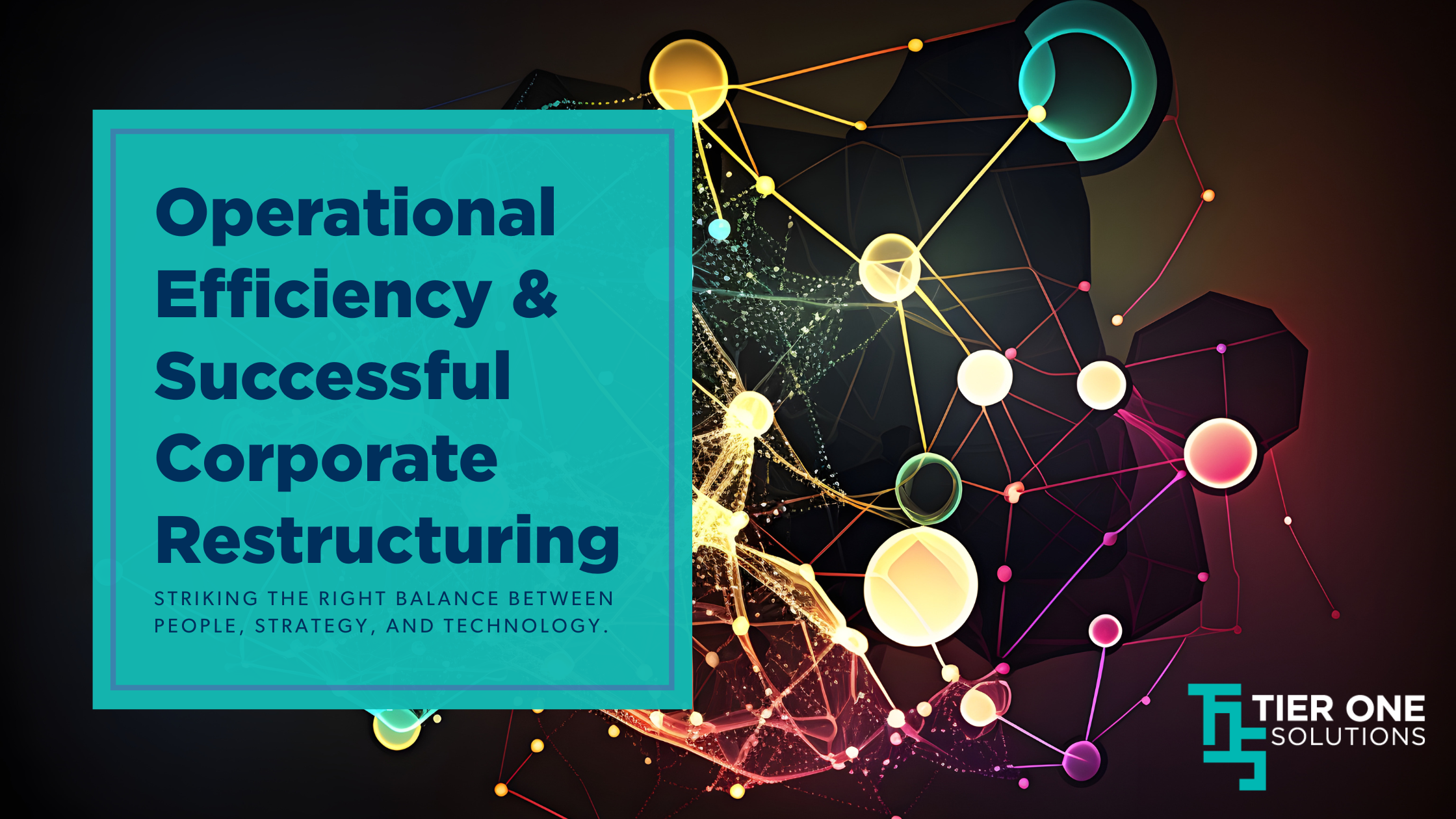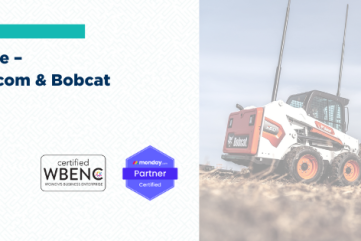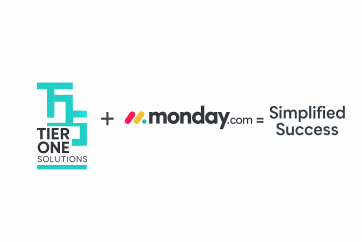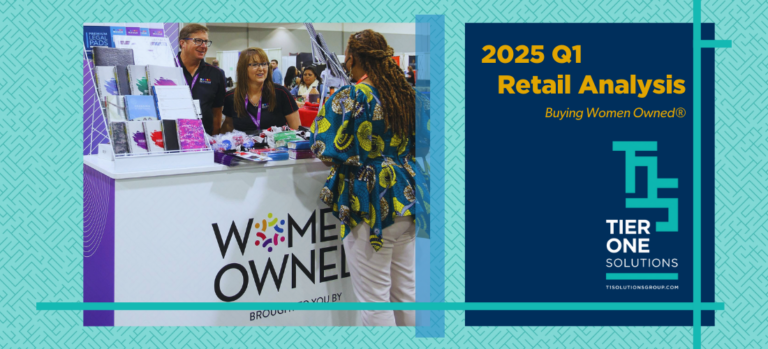For Tier One Solutions, operational efficiency is not just about improving systems–it’s about striking the right balance between people, strategy, and technology. The past five years have tested organizations and workers, disrupting these three factors in unprecedented ways. As organizations continue to navigate the complexities of a post-COVID landscape and a “return to office”, balancing efficiency with thoughtful, human-centered workforce restructuring has emerged as one of the most critical challenges.
The pandemic reshaped global business operations, accelerating the rise of hybrid work models and advancing the adoption of AI and automation. These shifts have fundamentally changed the way organizations operate and compete. To remain resilient, competitive, and mission-driven, businesses must now rethink how they align their talent and technology.
Restructuring Today
Restructuring today is no longer simple cost-cutting or downsizing. Instead, it is about realigning the workforce to meet the demands of a fast-changing, dynamic business environment. This process begins with a holistic evaluation of an organization’s current capabilities and future needs. Identifying redundancies, addressing skill gaps, and determining where automation can enhance, not replace, human expertise are essential first steps.
Equally important is the embrace of flexible work models. Remote and hybrid arrangements are no longer temporary solutions; they represent strategic, long-term advantages. Organizations that implement flexible work thoughtfully gain access to wider talent pools, reduce overhead costs, and increase employee satisfaction by focusing on performance outcomes rather than physical presence. The following graph from the U.S. Census Bureau shows this trend across multiple industries.
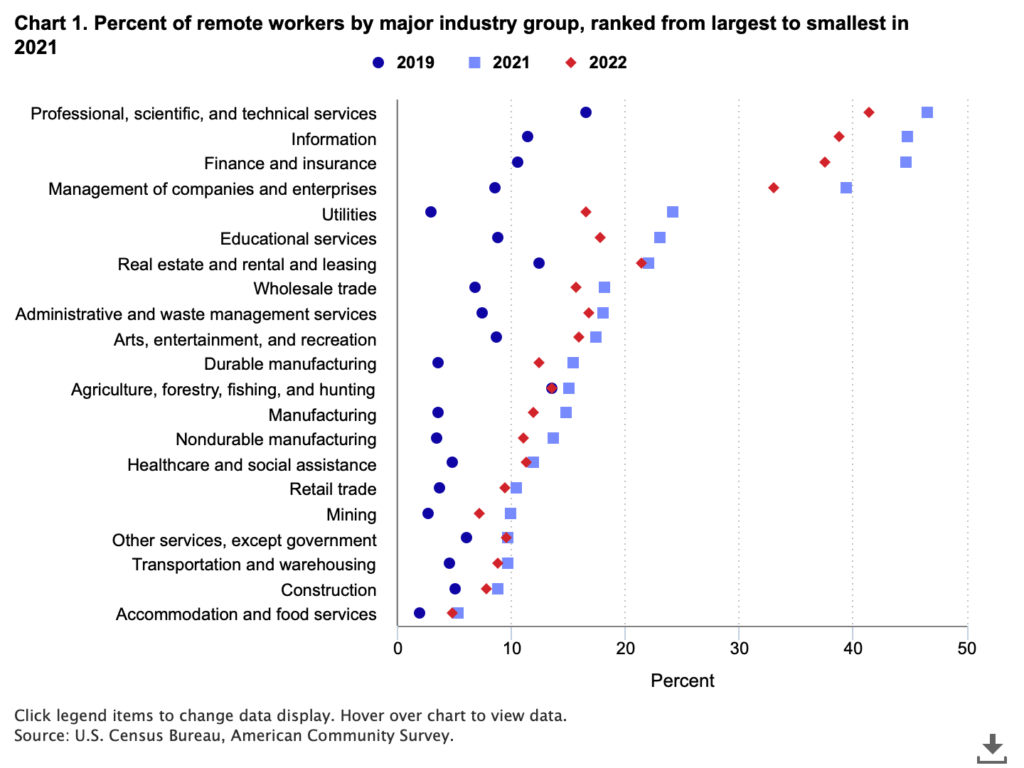
AI & Automation
Another major development in business over the last 5 years is the proliferation of AI technologies. While AI and automation offer exciting opportunities to boost productivity and drive innovation, these technologies must be deployed thoughtfully and ethically. Prioritizing employee upskilling, maintaining transparent communication about new tools, and ensuring technology is used to elevate, not displace, human work help organizations realize the benefits of automation without eroding trust or morale. This is expressed by the Business Trends and Outlook Survey (BTOS) which examined and forecast current and expected trends in AI use.
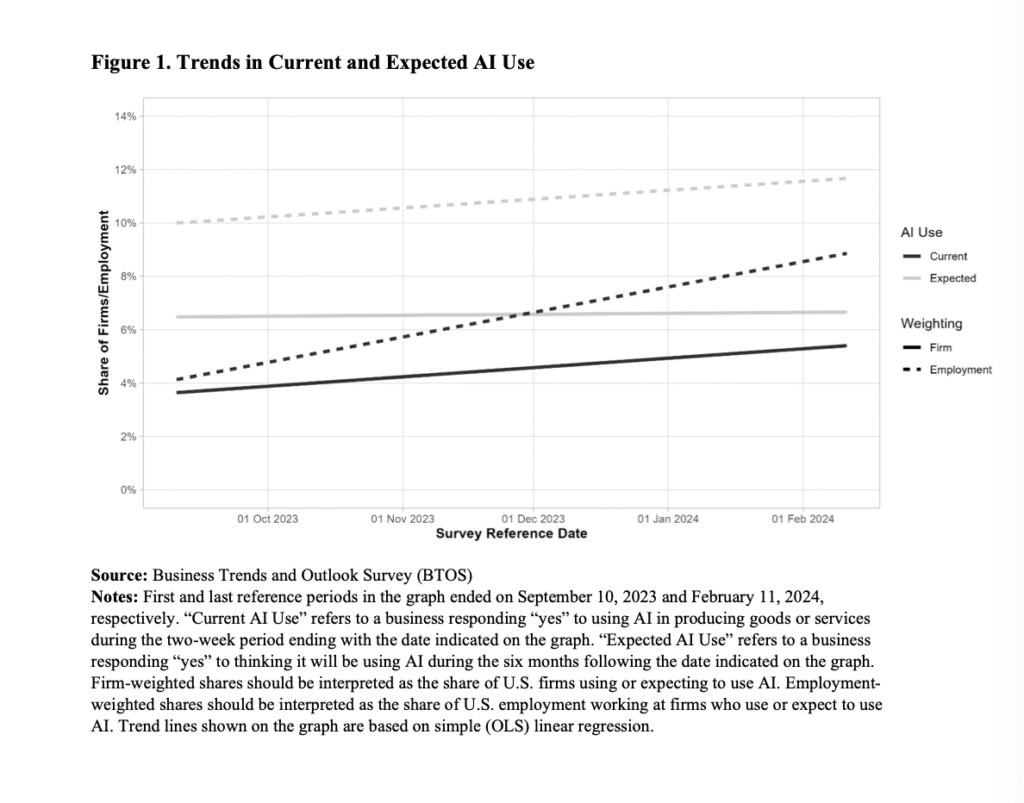
Managing Expectations
At the core of successful restructuring lies effective change management. Organizational shifts are not only operational; they are deeply human. Using proven frameworks, providing regular updates, aligning leadership, and creating structured feedback channels help ensure smooth transitions and long-term stability.
Restructuring inevitably affects employee sentiment, making it critical to maintain trust and commitment through every phase of change. Clear communication, access to mental health resources, career transition support, and retraining opportunities all play a role in helping employees navigate uncertainty. There are many simple and easy ways to ensure the organization as a whole remains resilient and adaptable, such as engaging the workforce throughout the restructuring process, listening to concerns, and addressing those concerns proactively.
Long-term Success
Beyond addressing immediate restructuring needs, organizations must focus on positioning themselves for long-term success. This starts by identifying and prioritizing the core competencies and essential roles that provide competitive advantage. Leveraging technology strategically frees-up teams to engage in higher-value, creative, and strategic work; while building a culture of continuous learning fosters adaptability and future readiness.
Creating a diverse and inclusive workforce is another key pillar of long-term success for businesses. Teams that bring varied perspectives to the table are more innovative and capable of solving complex challenges. By cultivating a workplace culture where every employee feels valued and empowered, organizations strengthen engagement and increase their capacity for sustained growth.
While restructuring can be a complex and overwhelming process, organizations do not have to navigate it alone. Tier One Solutions offers expert strategic planning, objective evaluations, change management support, and critical compliance guidance. We bring deep cross-industry expertise to help you, and your company, uncover your blind spots and identify opportunities. And then, we’ll assist in guiding your teams through complex transitions with clarity and confidence.
Restructuring is not simply about overcoming today’s challenges; it’s about building a workforce prepared for the future. With a combination of big-agency expertise and small-agency heart, Tier One Solutions helps organizations transform their workforce strategies and unlock long-term success. Whether preparing for a major restructuring or exploring smarter, more strategic ways to align people and processes, Tier One Solutions stands ready to support the journey.
